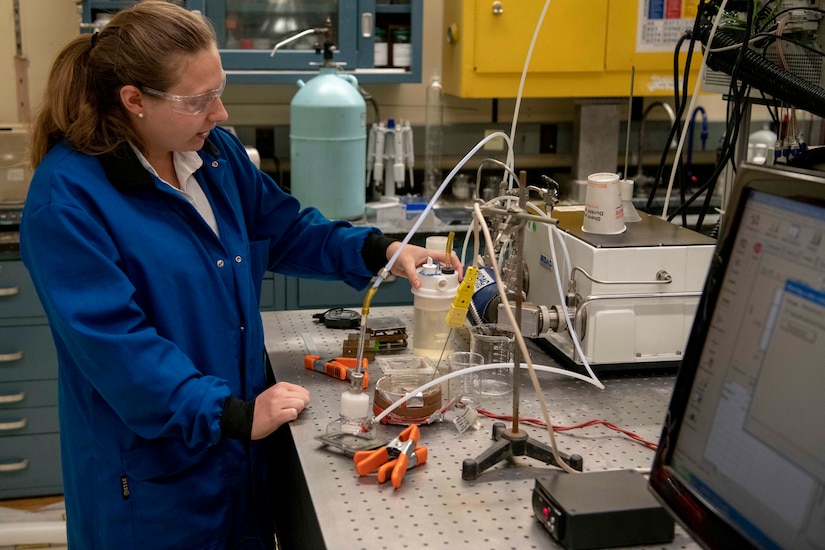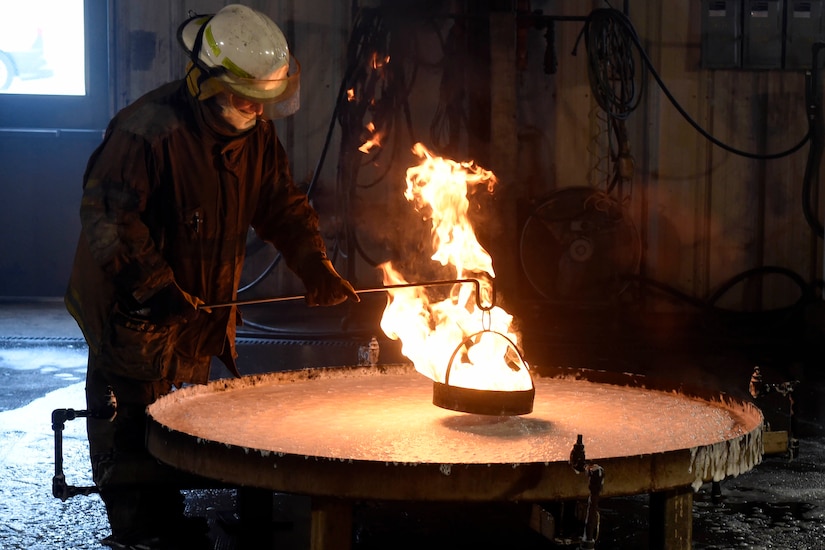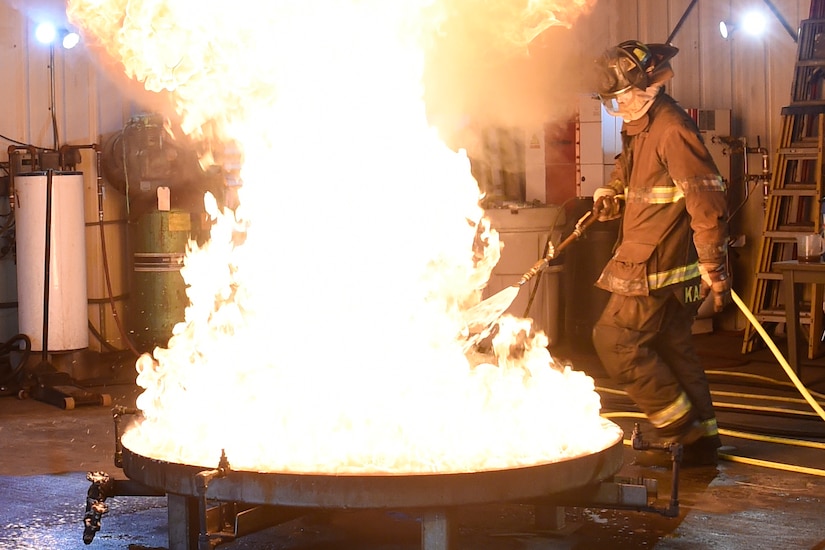Dec. 3, 2020 | , DOD News
The Defense Department faces an environmental cleanup liability of around $33 billion, which is the second largest liability behind personnel benefits, the assistant secretary of defense for sustainment said.

Cleaning up contaminants from past DOD activities is an ongoing process that will take years to complete, Jordan Gillis said at the Strategic Environmental Research and Development Program and Environmental Security Technology Certification Program — known as SERDP and ESTCP — Symposium, November 30.
"Developing and fielding technologies to reduce the cost and accelerate the progress of these remediation efforts will not only support our commitment to the health and safety of our service members and their families and the communities in which they serve, it will also free up funds for the core mission of the department," he said.
Regarding environmental cleanup, the department has been heavily focused on understanding and remediating PFAS — especially PFOS and PFOA — over the past several years, he said.


PFOS, which is perfluorooctane sulfonate, and PFOA, or perfluorooctanoic acid, are two chemicals of the larger class known as PFAS. PFAS is an abbreviation for perfluoroalkyl and polyfluoroalkyl substances. The chemicals are used in a firefighting foam that is known as aqueous film-forming foam, or AFFF. The foam is used by DOD and civilian firefighting organizations, and other industries, to rapidly extinguish fuel fires and protect against catastrophic loss of life and property
"Recognizing that this is a national problem that requires a national solution, our working relationship with the EPA [Environmental Protection Agency] is resulting in the development and validation of new methods for analyzing PFAS," he said. SERDP and ESTCP have recently initiated a number of projects focused on PFAS forensics, understanding the source of PFAS in the environment, whether from firefighting, other DOD activities or non-DOD sources, Gillis also noted.
"We're also continuing to make progress in finding an effective PFAS-free firefighting alternative to AFFF and meet the congressionally-mandated elimination of current AFFF by 2024," he said.

"We have an ongoing demonstration program to test both developmental and commercially available PFAS-free formulations against the current military specifications relative to how quickly a fire must be extinguished, as well as an ongoing research program to examine the eco-toxicity of these new agents to avoid environmental issues in the future," he noted.
SERDP has also developed several approaches for treating groundwater that contains PFOS and PFOA, which have matured from small-scale laboratory projects to field demonstrations.
Gillis said SERDP and ESTCP are also involved in:
- Collaborating with the Army Research Laboratory and the EPA on the examination of chromium-free alternatives to hexavalent and trivalent chromium for surface treatment and corrosion mitigation that can protect weapons platforms. This is because an increasing number of coatings and processes that are traditionally used in depots and maintenance facilities are becoming unavailable. As such, there is a need for replacement materials and processes that provide a similar — or better — performance without environmental concerns.
- Developing the Defense Regional Sea Level Database, which has now been incorporated into the Unified Facilities Criteria and will significantly improve DOD's efforts to ensure installations' resilience to sea level rise.
- Researching synthetic biology for the production of key propellant and explosive precursors to reduce the amount of solvents and byproducts associated with traditional production methods.
- Developing comprehensive models of wildland fires to assist with installation planning and fire mitigation.
- Developing controlled sites for comparative demonstration of technologies for the detection and identification of unexploded ordnance underwater.
- Testing new adaptive microgrid control technologies that have the potential to reduce the time and cost of development and operations and improve the energy security and resilience of installations.







No comments:
Post a Comment